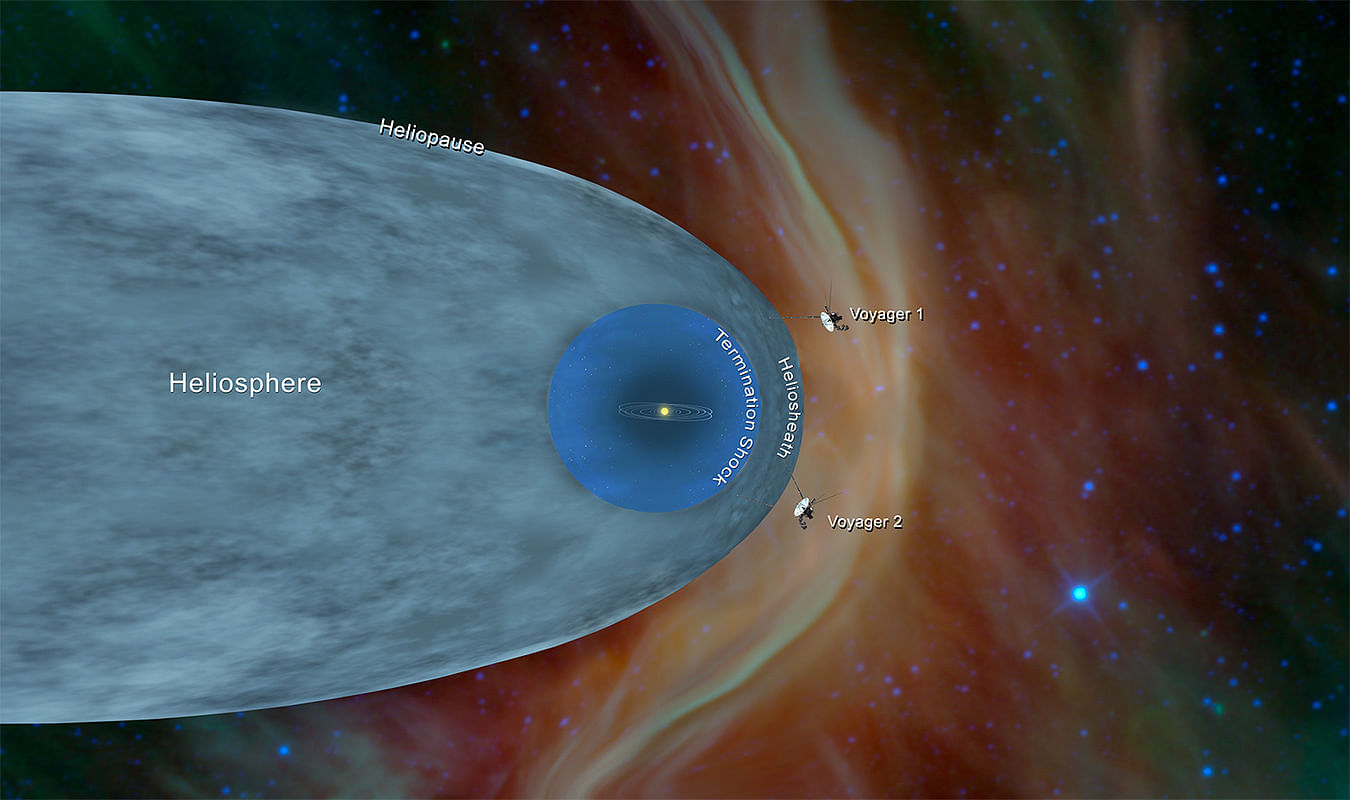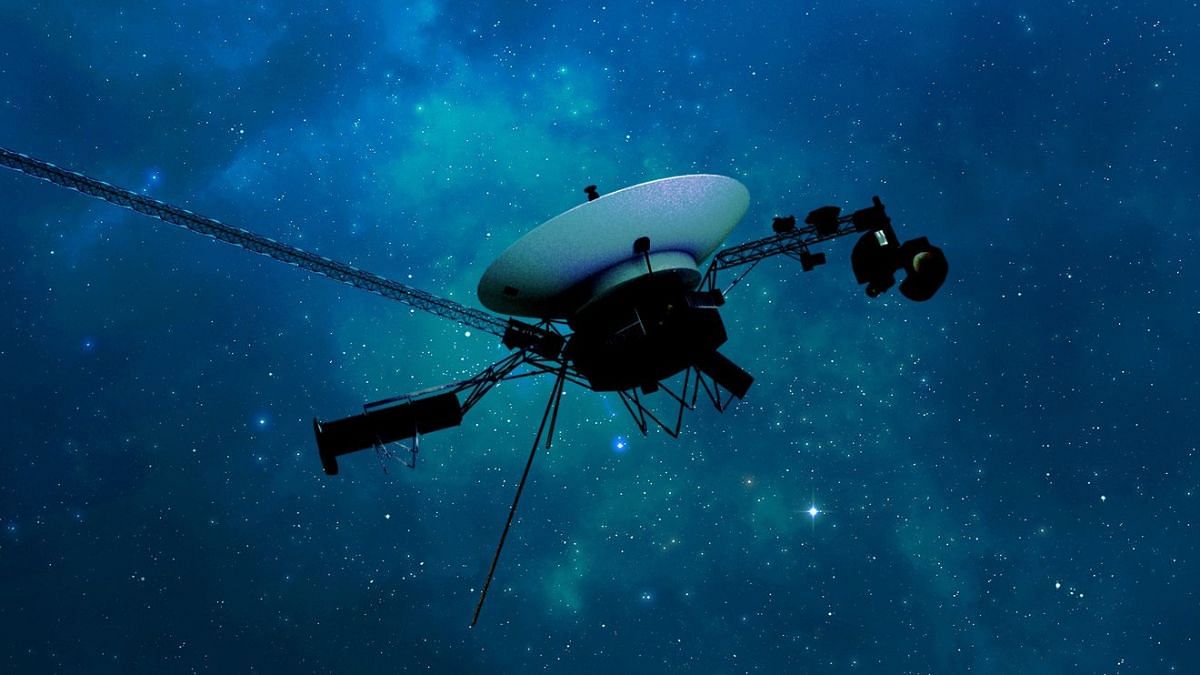Bengaluru: NASA’s Voyager 1, Earth’s most distant spacecraft, is functioning normally again and has resumed returning updates about its engineering systems after a gap of five months. A statement by NASA’s Jet Propulsion Laboratory said Monday that software engineers were successful in fixing the probe after it began showing problems with data transmission in November last year.
The source of the issues was identified as a single microcontroller chip, which comprises 3 percent of the memory onboard the system’s computer. The NASA team edited the code and sent an update to the spacecraft earlier this month. On 20 April, they were able to confirm that the systems had returned to normalcy.
The reason for the chip’s malfunction has not been identified yet, and could be an effect of the probe flying through regions of extremely high radiation.
The probe is currently 24 billion kilometers from Earth, traveling at a speed of 65,000 km per hour.
Hi, it’s me. – V1 https://t.co/jgGFBfxIOe
— NASA Voyager (@NASAVoyager) April 22, 2024
The chronology of diagnosis
On 14 November, NASA identified that the data being emitted from the spacecraft was looping on itself, sending back unreadable signals. In December, it was diagnosed as a telemetry error.
The engineers then sent a ‘poke’ command on 1 March to make the flight data system run a different set of software sequences. On 3 March, they realised that one particular area of the garbled data stood out. An engineer with the Deep Space Network, which surveys the sky for radio signals and tracks spacecraft, decoded the data and obtained a log of the entire flight system’s memory.
It was discovered that a single chip, responsible for storing a part of the flight data subsystem (FDS) memory, was malfunctioning. This chip was unable to execute the necessary code stored in it.
Since the chip could not be fixed physically, the team decided to move the code from the chip to other parts of the computer’s memory. They rewrote the code and cut it into segments, storing them in different parts of the FDS so it could be invoked from these places instead.
The update was uploaded on April 18. Radio signals to and from Voyager 1 takes 22.5 hours one way. The subsequent data response indicated that the code modification worked.
NASA has now stated that all systems are back to normal on the spacecraft.
Also Read: ISRO to carry out test to validate safety of crew module for Gaganyaan mission by 30 April
The Voyager Mission
Voyager 1 and 2 were launched a few days apart in 1977 into the solar system to understand the extent of the Sun’s boundary and its properties.
The Sun is surrounded by a bubble with a tail, resembling a comet, called the heliosphere. This region is where the Sun exerts its gravitational influence. Beyond the heliosphere lies the interstellar medium. To get there, the twin Voyager spacecraft passed through the heliosheath, the region of transition from heliosphere to interstellar medium, and the heliopause, the boundary of the heliosheath and heliosphere.

When both passed the heliopause, they encountered up to 40 times higher plasma, indicating that they had reached interstellar space outside the Sun’s influence.
On the way there, Voyager 1 and 2, combined, also imaged Jupiter, Saturn, Uranus, and Neptune in the 70s and 80s.
The instruments on board are powered by plutonium. Voyager 1 is expected to function till 2036, flying continuously farther away from Earth, sending back ones and zeros which give information about the properties of the region of the Milky Way where it is present.
(Edited by Mannat Chugh)
Also Read: Why are there patches of ‘moss’ on the Sun? US study might have the answer

